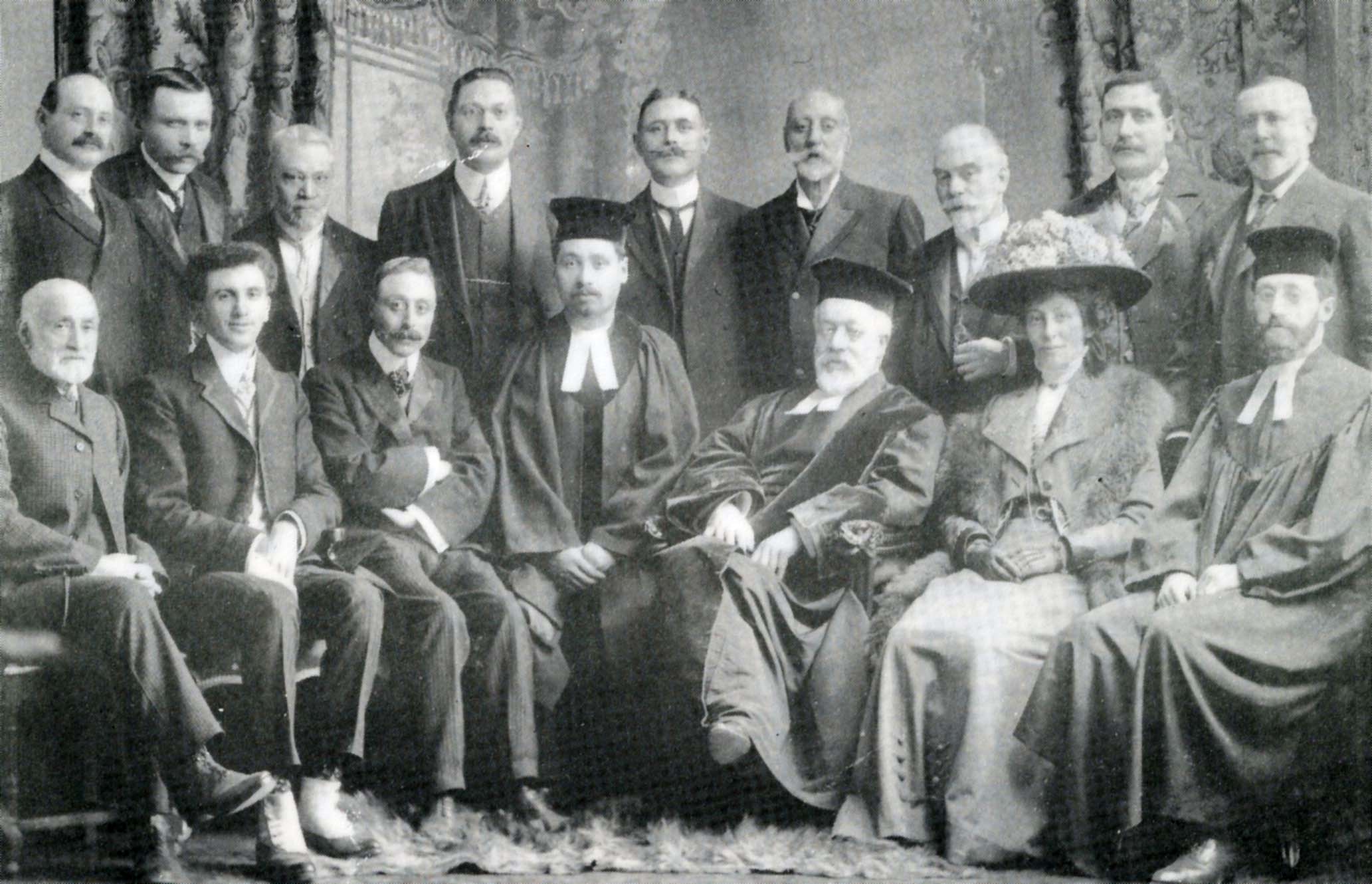
History of the Jews of Wales
Source: Cai Parry-Jones, author of ‘The Jews of Wales: A History’ & Susan Fielding of the Royal Commission on the Ancient and Historical Monuments of Wales
The population reached its peak around 1919, when the country was home to 19 congregations catering for approximately 5,000 people. However, from the 1920s onwards these communities witnessed a gradual decline.
I
No settled Jewish communities existed in Wales prior to the 18th century, but there is some evidence of individual Jews in the Welsh Marches during the Middle Ages.
The first Jewish community in Wales was established in Swansea in 1768, when a 99-year lease of land for a Jewish cemetery was granted to a German-born silversmith named David Michael.
Over the years the community used various spaces for worship, including David Michael’s sitting room in Wind Street, before erecting their very own synagogue building in Waterloo St in 1818. This was to be Wales’s first purpose-built synagogue.
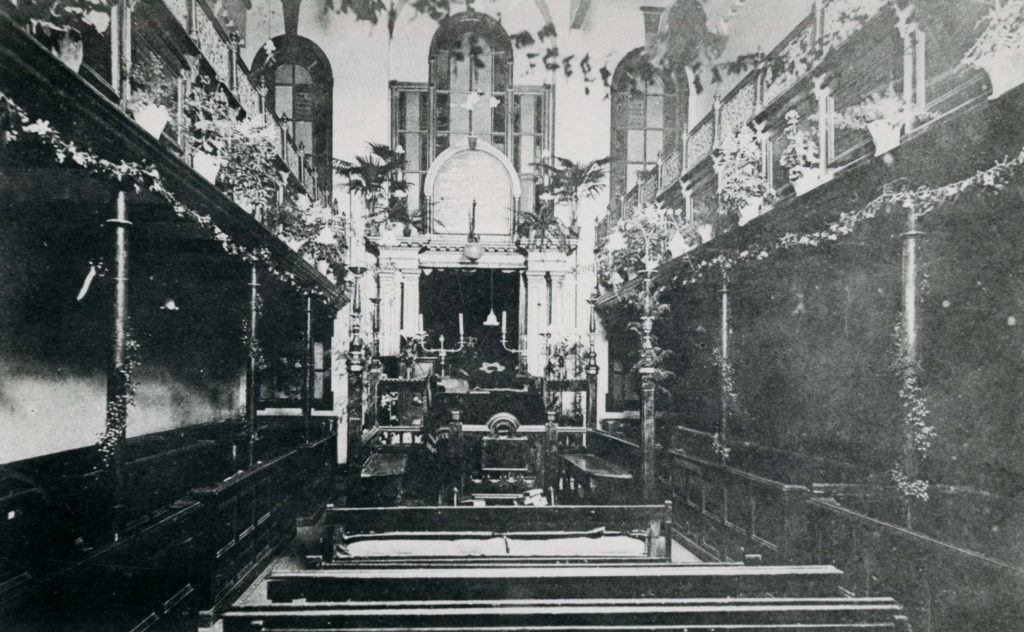
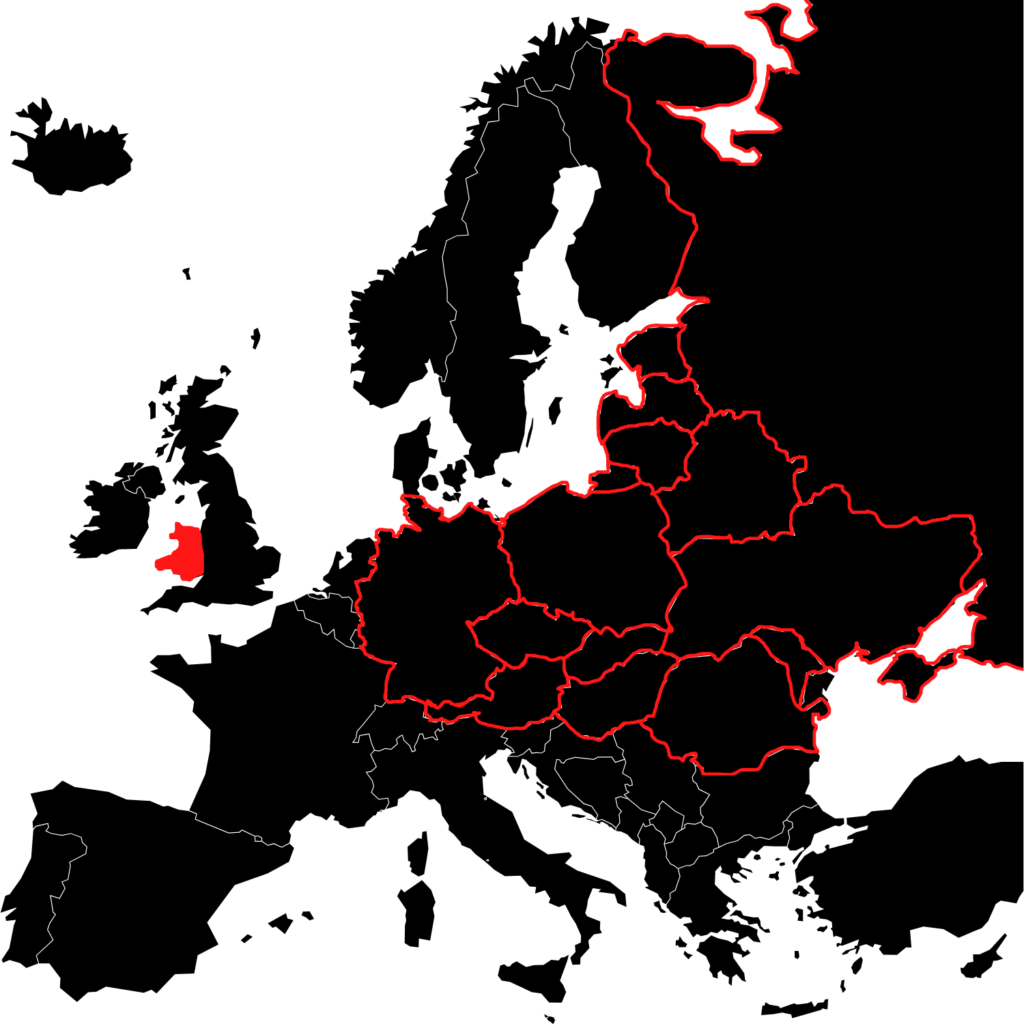
II
During the first half of the nineteenth century, a small number of Jewish immigrants, numbering in their hundreds, also began to settle in other towns in South Wales such as Cardiff, Merthyr Tydfil, Newport and Pontypridd. These were trading communities, whose members migrated to the United Kingdom from various states in Central Europe to escape poverty, economic restrictions, and religious persecution in their homelands.
The quest for religious toleration and economic well-being were major motivations for migration to the United Kingdom. While most Jewish immigrants gravitated to Britain’s larger cities such as London and Manchester, smaller numbers settled in South Wales because of the potential commercial opportunities on offer in a region that was at the early stages of industrialisation and urbanisation.
As was the case with the rest of the United Kingdom, Wales’s Jewish population soared in the late nineteenth and early twentieth centuries with the arrival of Eastern European Jews who were fleeing economic hardship and anti-Jewish violence in the Russian Empire. An estimated 120,000 to 150,000 Eastern European Jews migrated to the United Kingdom between 1881 and 1914, of which approximately 4,500 settled in Wales, primarily in the south.
III
In Wales, the Jewish population grew from a few hundred in 1880 to 4,700 by 1917. A distinctive pattern emerged along the Valleys of South Wales of a relatively large number of small Jewish communities, due to Jews wishing to take advantage of the economic opportunities offered by the region’s towns and villages, but being unable to congregate in a central location due to the difficulties of travel across the Valleys.
Jewish settlement also developed in the coastal areas of North Wales such as in Bangor and Llandudno, mainly as a result of internal migration, with Jewish merchants and peddlers from North West England looking for new markets while retaining their links to the Jewish communities of Liverpool and Manchester.
The population reached its peak around 1919, when the country was home to 19 congregations catering for approximately 5,000 people. However, from the 1920s onwards these communities witnessed a slow decline, although there was a small influx of Jewish refugees fleeing Nazism in the 1930s and Holocaust survivors in the 1940s.
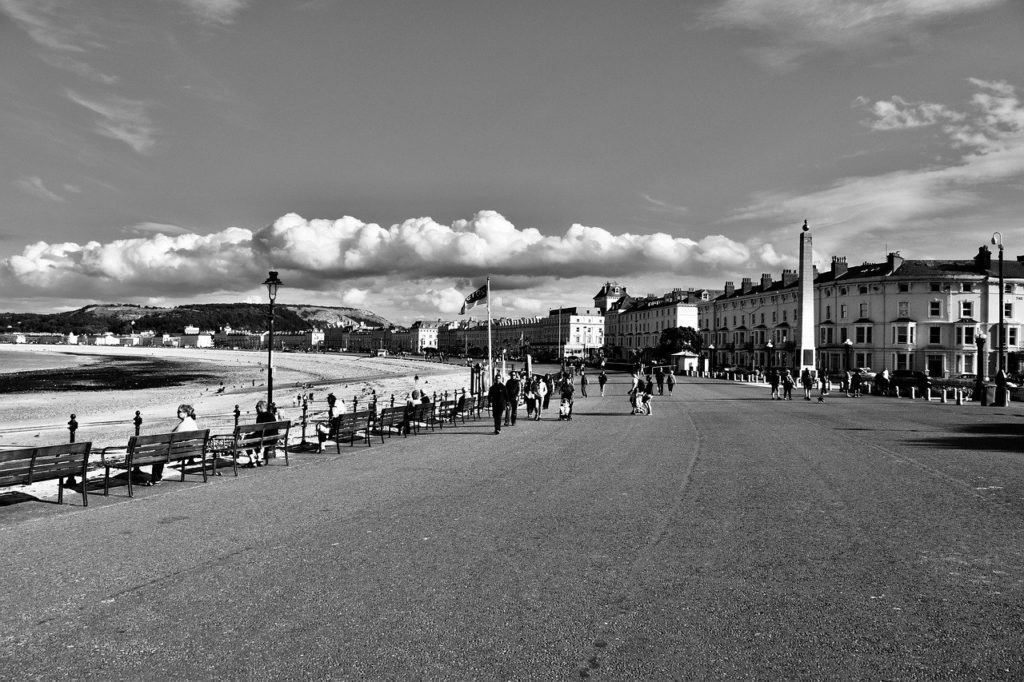
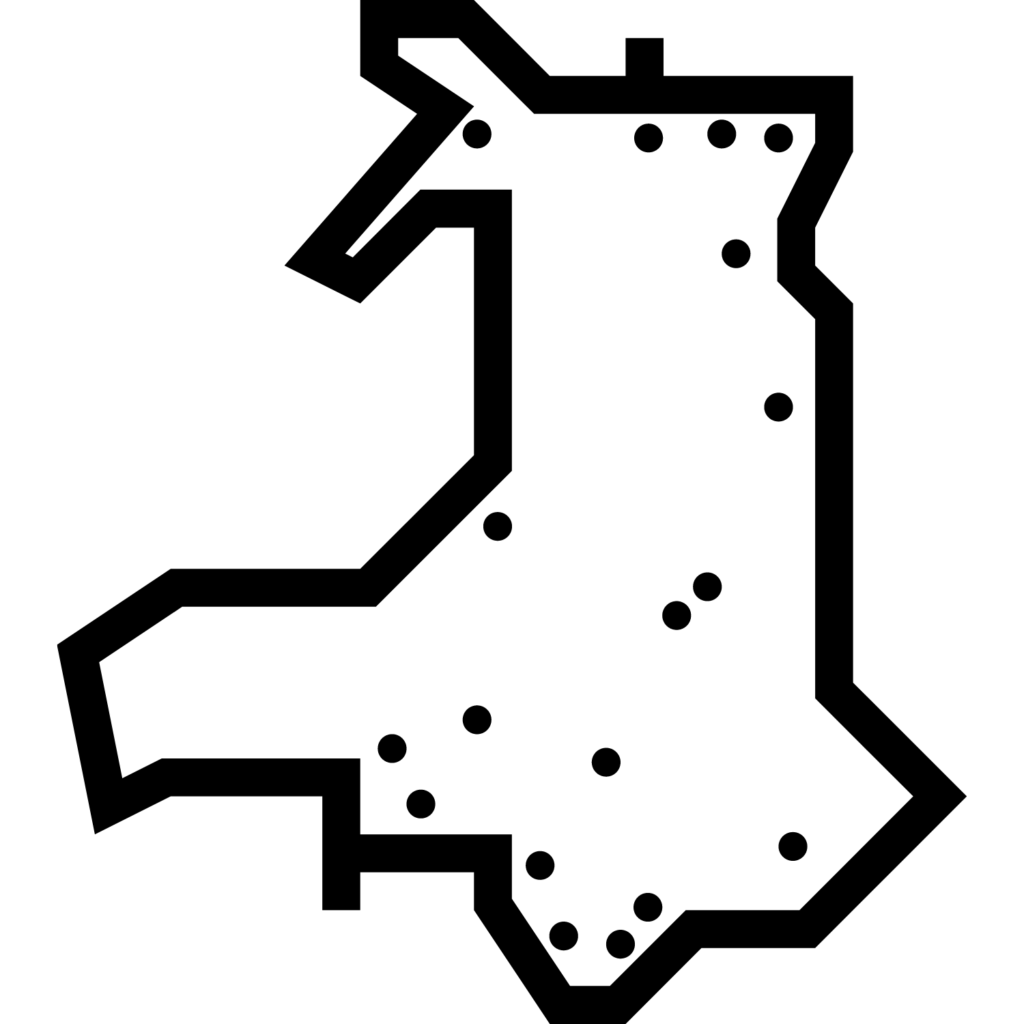
IV
For Jews settling in Wales, the provision of a permanent synagogue was prioritized in line the Chief Rabbinate’s encouragement that to do so provided a potent symbol of confidence in a community’s longevity and a visible reinforcement of Jewish legitimacy within a community. In Wales, with its proliferation of Welsh and English language chapels of various nonconformist denominations, this must have felt particularly fitting.
The migrants of one era became the settled communities of the next. A plethora of synagogues were constructed/converted the length and breadth of Wales which provided a sense of permanence. By the population peak of 1917, Welsh Jewry had grown to become a permanent fixture in Welsh culture and everyday life.
In all corners of Wales, from the industrious South to the holiday resorts of the North coast – evidence Welsh-Jewish culture can be found.
V
It has been argued that the Welsh nonconformist nation adopted a ‘reverential curiosity’ towards the Jewish people. This has been explained as an affinity of two minority groups who had suffered oppression but maintained a proud sense of their own heritage, and in relation of Welsh nonconformity’s focus on the Old Testament and the perceptions of Jews as ‘the People of the Bible’, and the Welsh as one of the lost tribes of Israel.
Maps of Wales overlain with biblical locations and place names could be found in chapel, which often bore the name Tabernacle, Bethesda, Seion (Zion) or Ebenezer. David Lloyd George noted that Welsh nonconformists were ‘more trained in Hebrew history than that of our own country’, while Ben Hamilton, a Merthyr solicitor, stated that ‘Welsh people are more closely akin to the Jew than probably any other people in respect of their great affection for the Old Testament’.
Another example of this affinity is a certain Welsh fascination over the revival of Hebrew as a spoken language and how Welsh language advocates adopted the Israeli approach to intensive language education and even used the Israeli term ‘ulpan’ as the now Welsh name for such courses.
However, there were also incidents of prejudice and hostility, most notably the infamous Tredegar riots in 1911 during which Jewish shops and property were specifically attacked.
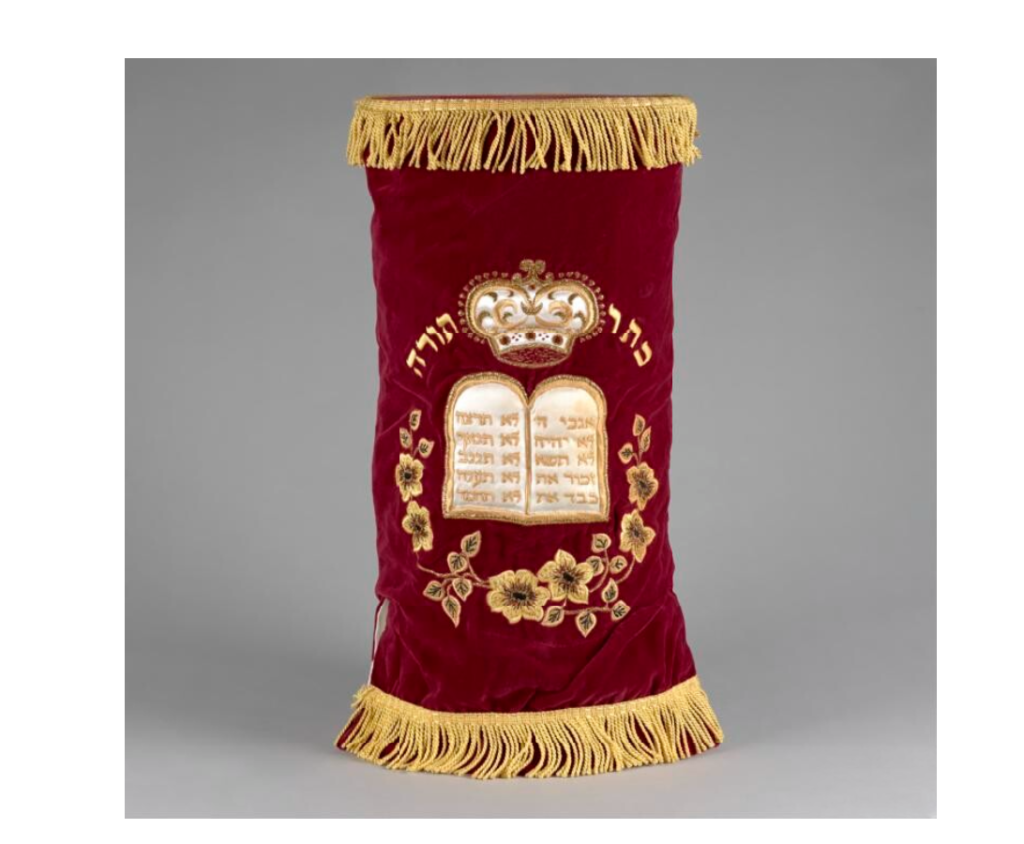
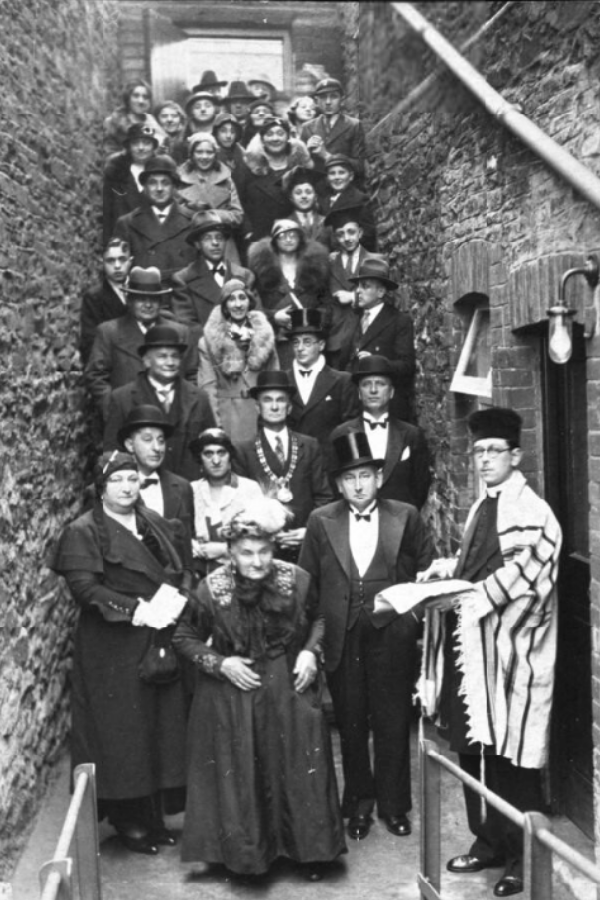
VI
The Jewish communities of Wales went on to develop an extensive range of religious, social, cultural, educational and welfare activities, and have made their own particular contribution to wider Welsh society in a range of endeavours including commerce and industry, literature and the arts, in politics, academia and philanthropy.
By the 1950s, there were 11 communities serving roughly 4,500 Jews, and by the 1990s this number had dropped to 5 communities serving 2,500 individuals. This reflected a general trend within UK Jewry of disappearing smaller communities with a corresponding concentration of population in a few major centres, principally Manchester and London, that offered a more extensive Jewish communal infrastructure as well as a broader range of career opportunities.
Nevertheless, Welsh Jewish life continues to this day with an impressive vibrancy. Indeed, a recent phenomenon is Wales becoming the destination of choice for a number of ultra-Orthodox Jewish communities who holiday in the country over the summer months.
A Jewish presence of over 250 years is still making its impact within Wales.



